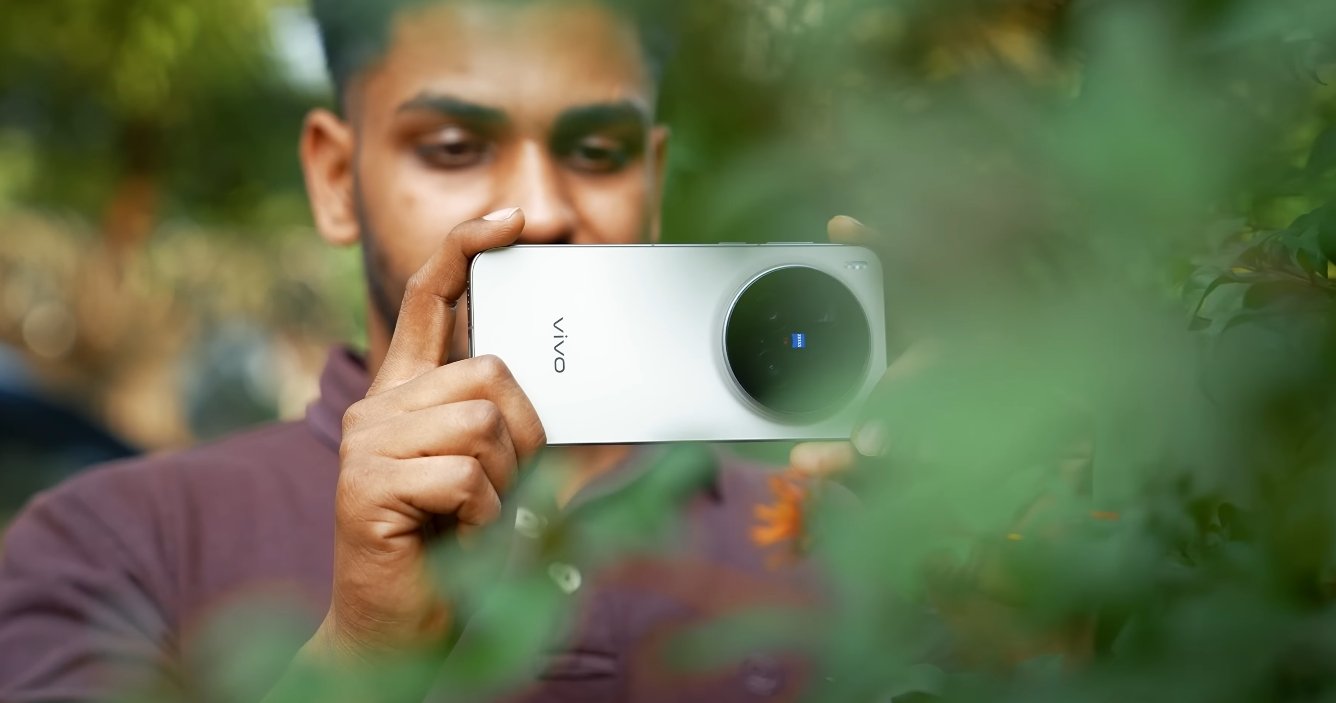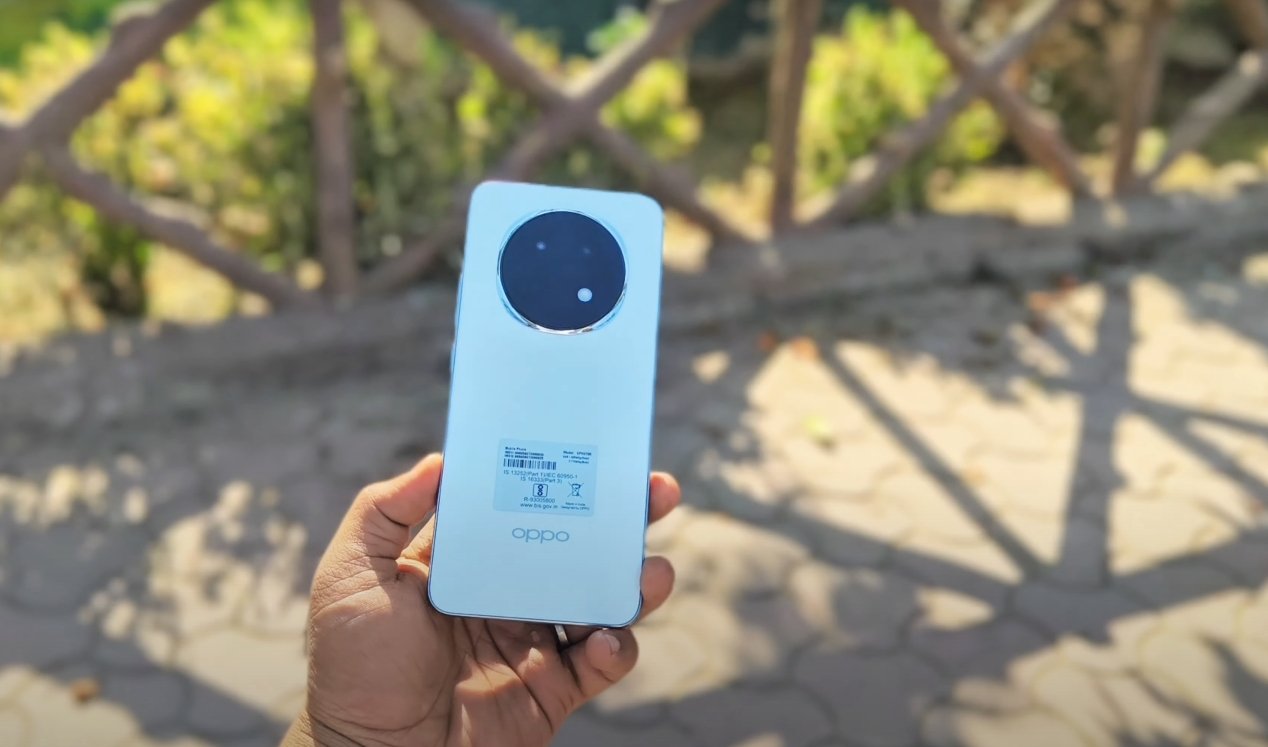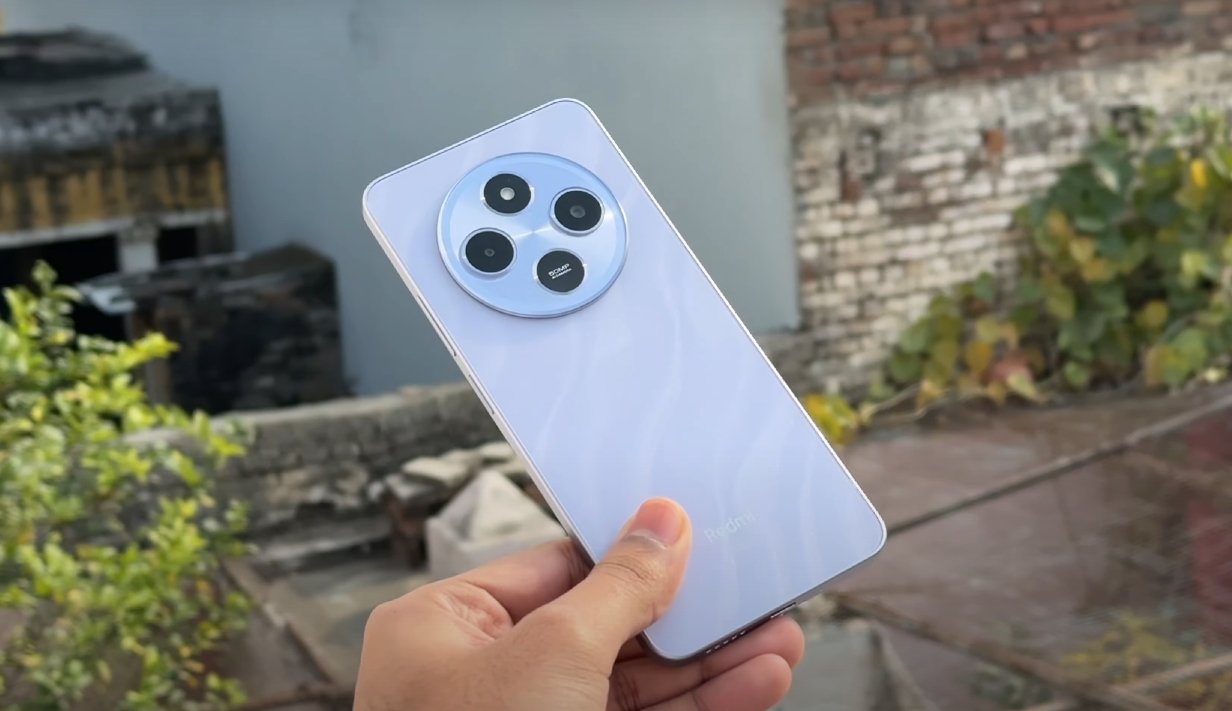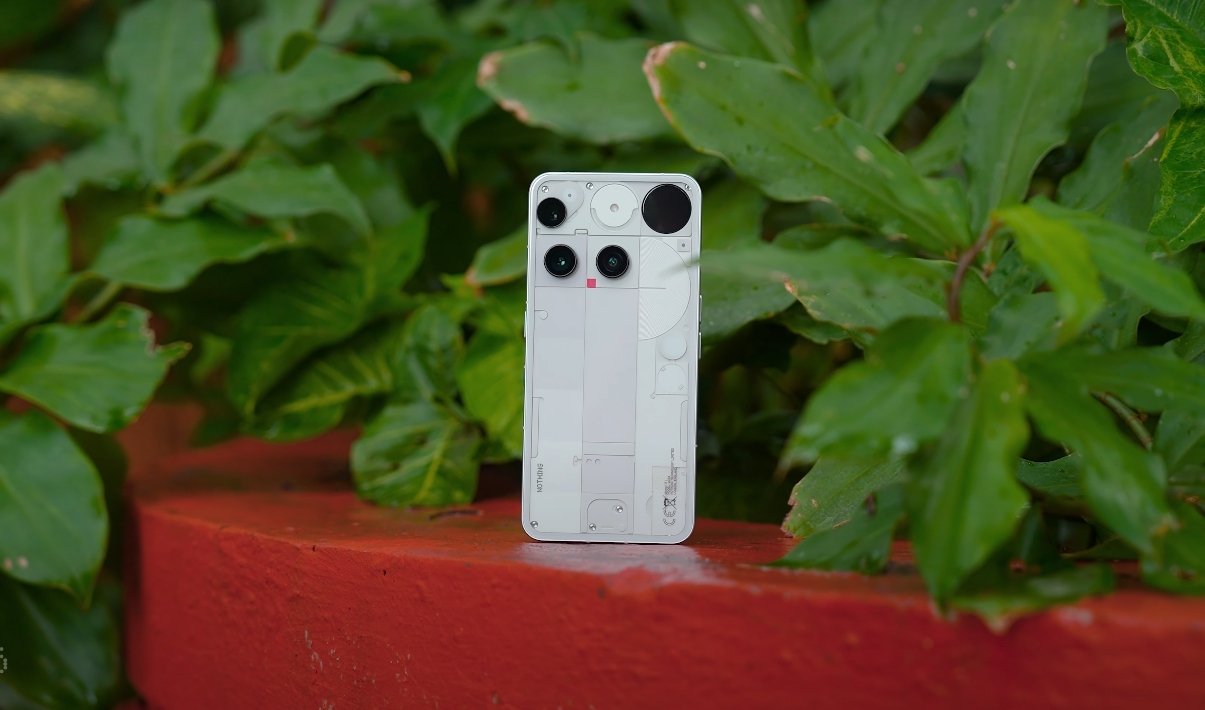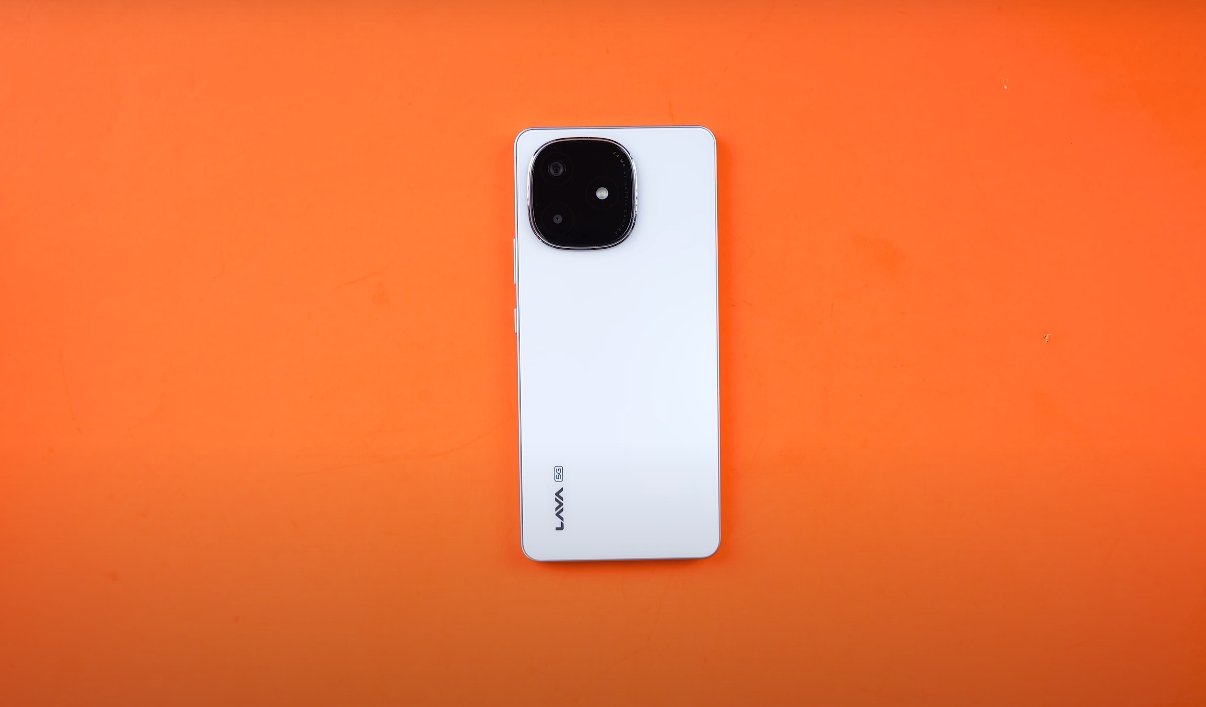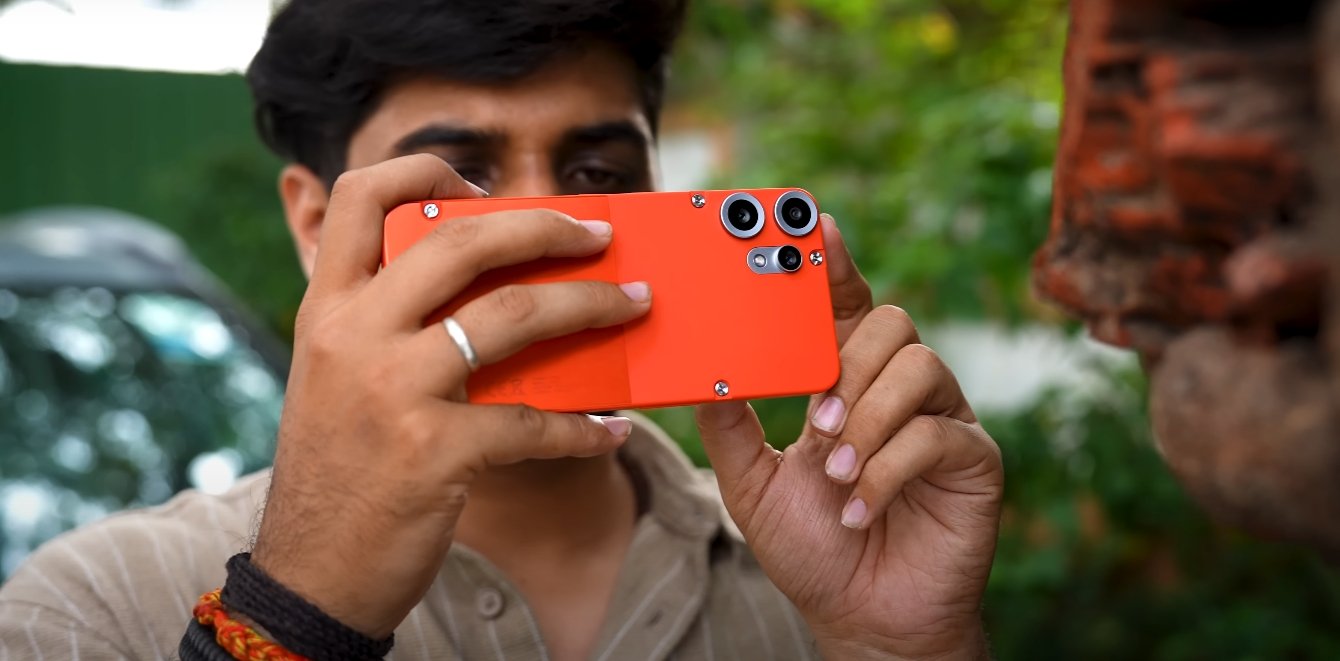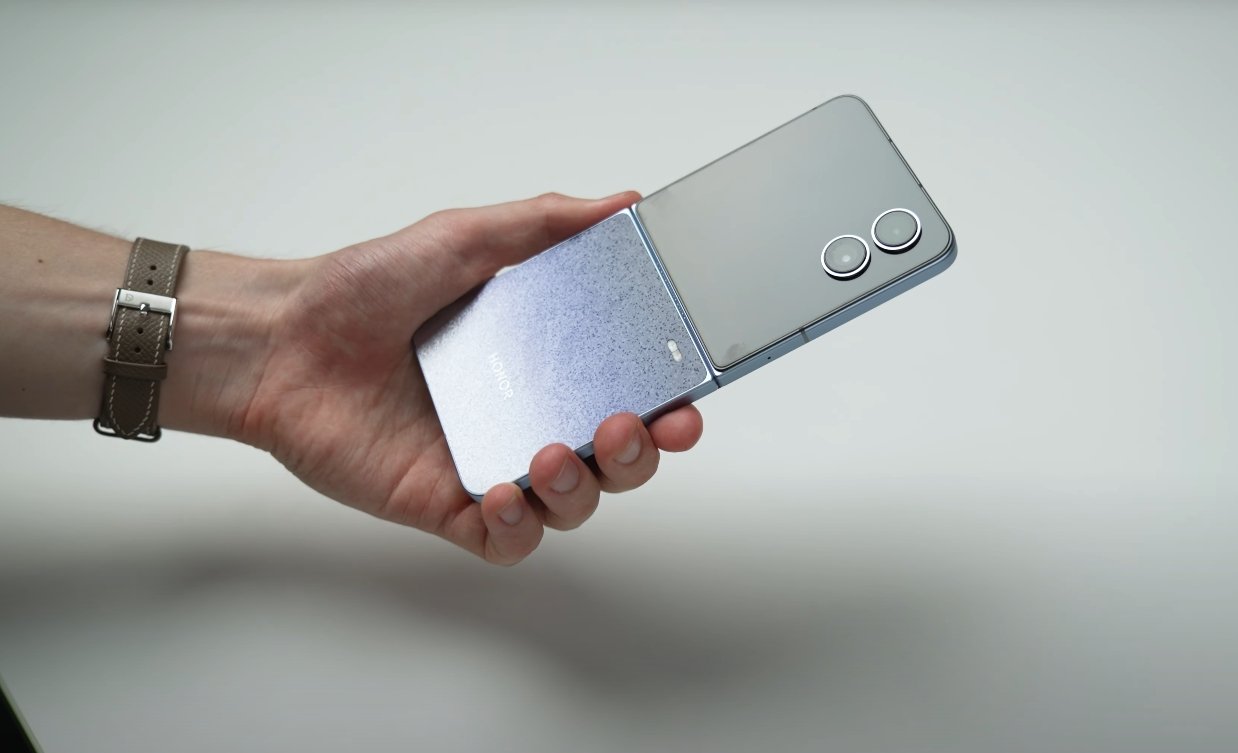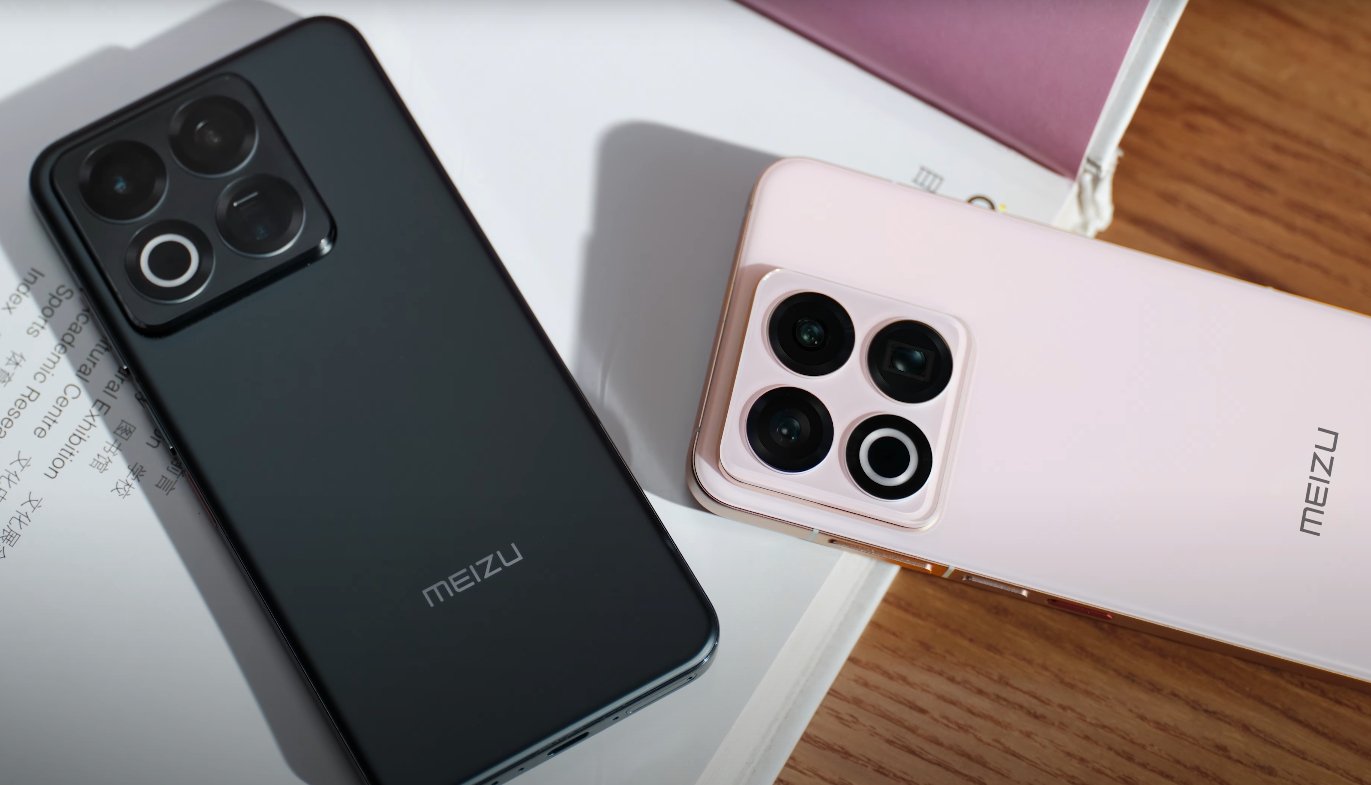Comparing Camera Performance: Vivo X300 Pro and iQOO 13 Pro
The smartphone camera market in 2025 is highly competitive, with flagship devices pushing the limits of photography and videography. Among the top contenders are the Vivo X300 Pro and the iQOO 13 Pro, both offering advanced camera setups designed to appeal to photography enthusiasts and content creators. This comparison examines their camera specifications, real-world performance, low-light capabilities, zoom functionality, and video recording to determine which device stands out in overall imaging performance.
The Vivo X300 Pro features a versatile triple camera system. Its main sensor is a 50MP Sony LYT-828 with gimbal stabilization, providing steady shots even in challenging conditions. The device also includes a 50MP ultra-wide lens for expansive landscape photography and a 200MP Zeiss APO telephoto lens offering 3.5x optical zoom, ideal for distant subjects. On the front, the Vivo X300 Pro has a 50MP camera capable of detailed selfies and high-quality 4K video recording. The combination of high-resolution sensors, Zeiss optics, and advanced stabilization technology makes it one of the most capable imaging smartphones currently available.
In comparison, the iQOO 13 Pro comes with a similarly powerful camera array. Its main sensor is a 50MP Sony IMX921 with optical image stabilization (OIS), ensuring clear and stable shots. The device has a 64MP periscope telephoto lens with 3x optical zoom, allowing for detailed distant photography. An additional 50MP ultra-wide lens supports wide-angle shots, and the front camera is a 32MP sensor capable of 4K video. While the iQOO 13 Pro lacks the Vivo’s gimbal stabilization, its OIS provides reliable image stabilization, making it effective for everyday photography and video capture.

In real-world usage, both smartphones perform exceptionally well. During daytime photography, both the Vivo X300 Pro and iQOO 13 Pro deliver sharp images with accurate color reproduction and good dynamic range. The Vivo X300 Pro shows an edge in telephoto shots, where the 200MP Zeiss APO lens captures fine details that the iQOO 13 Pro’s 64MP periscope cannot fully match. The ultra-wide shots on both devices are vibrant and distortion-free, offering ample coverage for landscapes and group photos. The front-facing cameras on both devices produce high-resolution selfies suitable for social media and professional use.
Low-light performance highlights differences in stabilization. The Vivo X300 Pro’s gimbal system allows longer exposures without blur, resulting in brighter and cleaner images even in dim environments. The iQOO 13 Pro’s OIS also improves low-light photography but is slightly less effective in maintaining clarity during rapid movement or extended exposures. Night mode performance on both devices produces usable results, though the Vivo consistently retains more detail and reduces noise in darker areas.
Zoom capabilities are another area where the two devices differ. The Vivo X300 Pro’s 200MP telephoto lens provides 3.5x optical zoom, capturing fine details at a distance with minimal quality loss. The iQOO 13 Pro’s 64MP periscope lens offers 3x optical zoom, which is strong but not as detailed as the Vivo’s telephoto output. For users who frequently capture distant subjects such as wildlife, events, or architecture, the Vivo X300 Pro provides a tangible advantage.
Video recording is robust on both devices. Both support 4K recording with stable output, but the Vivo X300 Pro’s dual stabilization system contributes to smoother footage, particularly during handheld recording or motion-heavy scenes. The iQOO 13 Pro produces clear and vibrant video as well, making it suitable for casual and professional content creation, though the lack of gimbal stabilization may result in minor shakiness under certain conditions.
In conclusion, both the Vivo X300 Pro and iQOO 13 Pro offer top-tier camera systems with strengths in different areas. The Vivo X300 Pro excels in telephoto detail, stabilization, and low-light performance, making it ideal for photography enthusiasts who prioritize versatile shooting and high-quality zoom. The iQOO 13 Pro provides a balanced camera experience with strong sensors and reliable OIS, suitable for users seeking consistent performance across main, ultra-wide, and telephoto shots. Choosing between the two depends on individual priorities, whether it’s advanced stabilization and telephoto capabilities or overall balanced imaging performance. Both devices represent the forefront of smartphone photography in 2025, offering features that cater to both professional and casual users alike.
